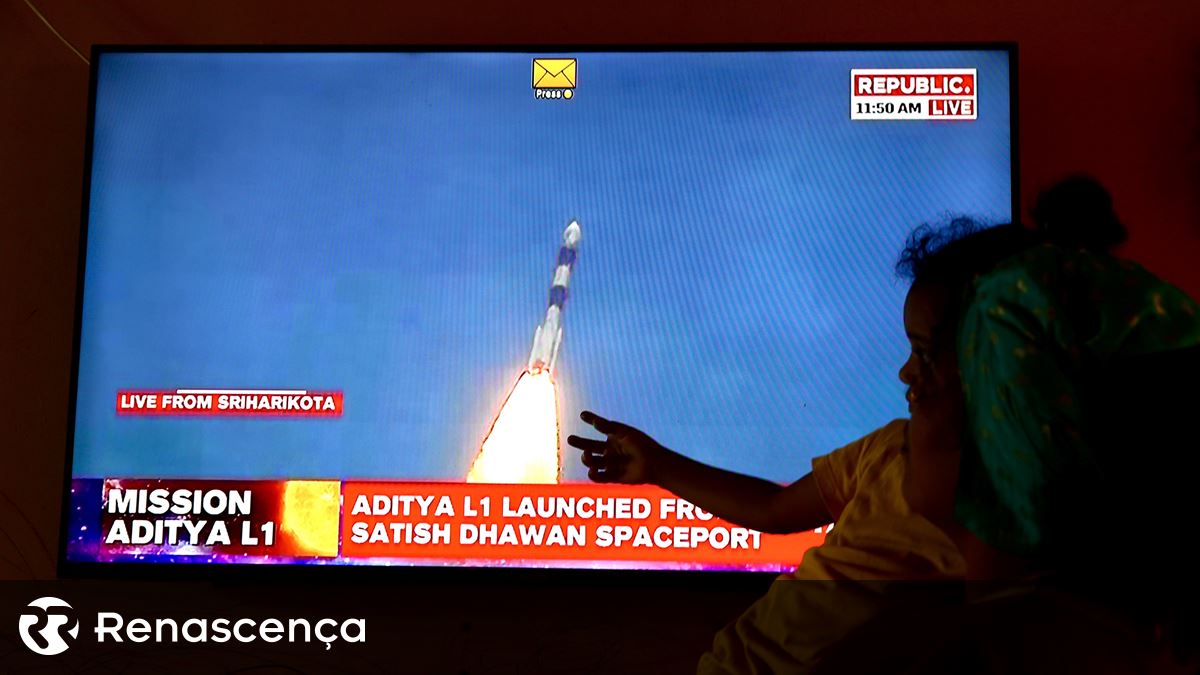Indian Prime Minister Narendra Modi announced that the Indian space probe Aditya-L1, which will study the Sun, on Saturday reached its final destination 1.5 million kilometers from Earth.
“India has created another historic moment. India's first solar observatory, Aditya-L1, has reached its destination,” Modi announced on social media, quoted by the Spanish EFE agency.
The Indian Space Research Organization (ISRO) launched the probe in September 2023.
It was placed at the first Lagrange point (L1), just 1% of the distance separating the two celestial bodies and was chosen because it is gravitationally stable, as the gravitational forces of the Earth and the Sun cancel each other out.
The Indian Prime Minister stated that the Asian country will continue to explore “new horizons of science for the benefit of humanity.”
The aim of the mission, which succeeded as India prepares for its first manned mission into space in 2025, is to observe the sun without being affected by eclipses or occultations.
The probe contains seven instruments to examine the outer layers of the Sun, using electromagnetic detectors, particles, and magnetic fields.
ISRO expects Aditya-L1 to remain operational for about five years.
On December 6, the probe took the first images, including the first representation of the entire disk of the Sun at wavelengths between 200 and 400 nanometers.
With this mission, India joins a select group of countries that have sent probes to study the Sun, including China, the United States, Japan, former West Germany (in collaboration with NASA) and the European Space Agency (ESA).
The European Solar Orbiter, launched in February 2020, is studying the Sun just 48 million kilometers from the star, while NASA's Parker Solar Probe made history in 2021 by flying through the Sun's upper atmosphere (the corona).

“Coffee trailblazer. Social media ninja. Unapologetic web guru. Friendly music fan. Alcohol fanatic.”

